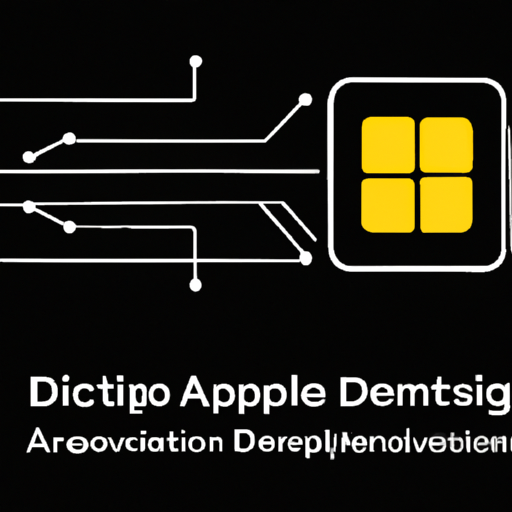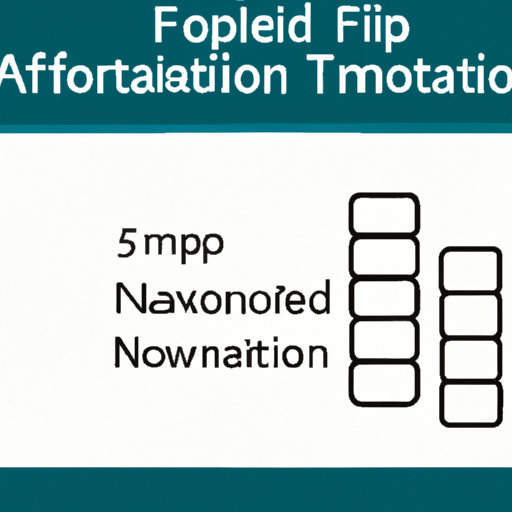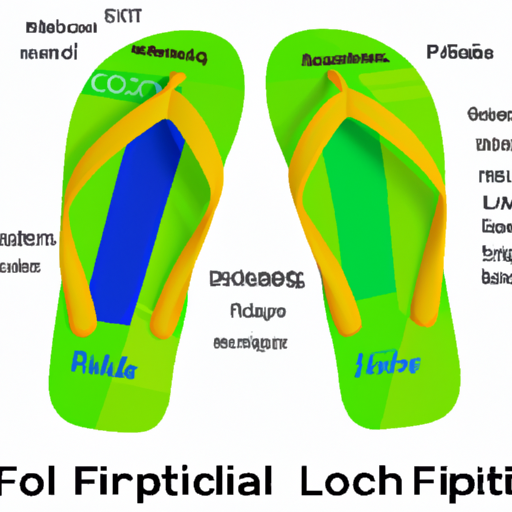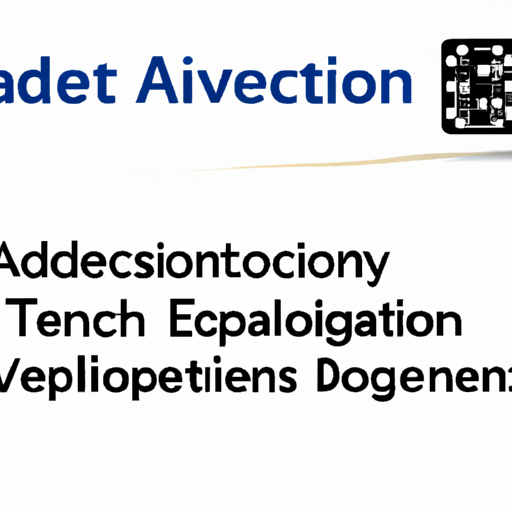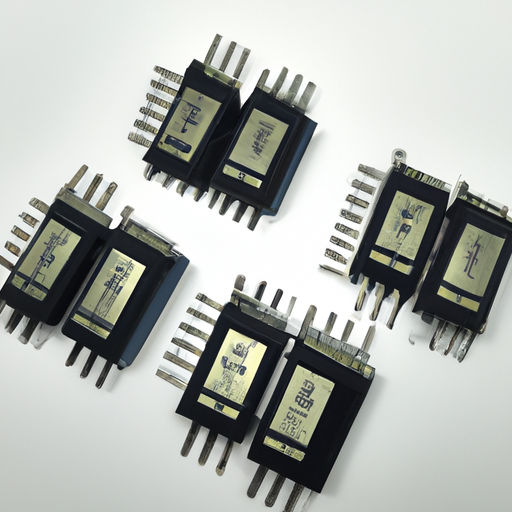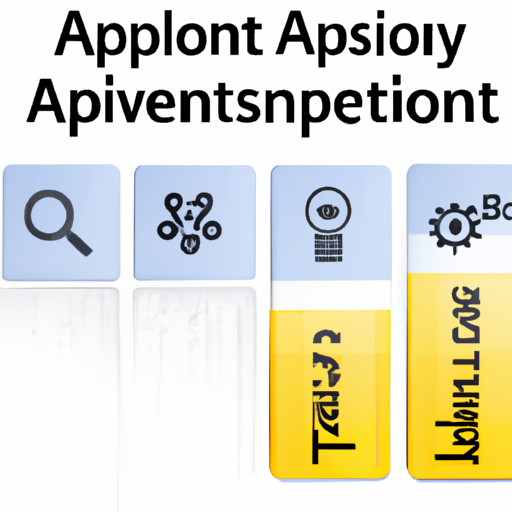application development in Digital to Analog Converters (DAC) for 1N4001-T: key technologies and success stories
Application Development in Digital to Analog Converters (DACs) and the Role of 1N4001-T
Digital to Analog Converters (DACs) are pivotal in bridging the digital and analog worlds, enabling a wide range of applications from audio processing to control systems. While the 1N4001-T is a general-purpose silicon rectifier diode primarily used in power supply circuits, understanding how DACs function and their integration into systems that may also utilize components like the 1N4001-T can provide valuable insights into modern electronic design.
Key Technologies in DAC Development
1. Resolution and Precision: The resolution of a DAC, measured in bits, determines the granularity of the output signal. Higher resolution DACs (e.g., 24-bit or 32-bit) are essential for applications requiring high fidelity, such as professional audio equipment and precision instrumentation.
2. Sampling Rate: The sampling rate, or how quickly a DAC can convert digital signals to analog, is crucial for applications like audio playback and video rendering. High-speed DACs are necessary for real-time applications, ensuring smooth and accurate signal reproduction.
3. Integrated Circuits (ICs): Many modern DACs are integrated into System on Chip (SoC) designs, which combine multiple functions (e.g., processing, amplification) into a single chip. This integration reduces size, cost, and complexity, making it easier to design compact devices.
4. Low Power Consumption: As portable and battery-operated devices proliferate, low-power DACs are increasingly important. Technologies such as CMOS (Complementary Metal-Oxide-Semiconductor) help achieve low power consumption while maintaining performance.
5. Noise Performance: High-quality DACs must minimize noise to ensure clean signal output. Techniques such as differential signaling, careful PCB layout, and filtering are employed to enhance noise performance.
6. Digital Interfaces: DACs utilize various digital interfaces (e.g., I2C, SPI, USB) for communication with microcontrollers or processors, allowing for flexible integration into diverse systems.
Success Stories in DAC Applications
1. Audio Equipment: High-end audio systems leverage DACs to convert digital audio signals into analog for speakers. Companies like ESS Technology and AKM have developed high-performance DACs that are integral to premium audio devices, enhancing sound quality and user experience.
2. Telecommunications: In telecommunications, DACs are crucial for modulating signals. For instance, in 5G networks, DACs are used in base stations to convert digital signals into analog for transmission, enabling high-speed data communication.
3. Medical Devices: DACs are employed in medical imaging technologies, such as ultrasound machines, to convert digital data into analog signals for display. Companies like Siemens and GE Healthcare have successfully integrated DAC technology into their imaging systems, improving diagnostic capabilities.
4. Industrial Automation: In robotics and automation, DACs control motors and actuators, allowing for precise movement and positioning. This application is vital in manufacturing and assembly lines, where accuracy and reliability are paramount.
5. Consumer Electronics: Smart TVs and gaming consoles utilize DACs to enhance audio and video quality. Companies like Sony and Microsoft have developed systems that leverage advanced DAC technology to provide immersive experiences for users.
Integration with Components like 1N4001-T
While the 1N4001-T is not a DAC, it can play a supportive role in systems that utilize DACs, particularly in power management and protection:
- Power Supply Design: The 1N4001-T can be used in the rectification stage of a power supply circuit that provides the necessary voltage and current to a DAC. A stable power supply is crucial for the reliable operation of DACs, as fluctuations can lead to signal distortion.
- Signal Conditioning: DAC outputs may require conditioning (e.g., filtering or amplification) before being used in the final application. The 1N4001-T can be part of the power supply for these conditioning circuits, ensuring they operate effectively.
- Protection Circuits: The 1N4001-T can protect DAC circuits from reverse polarity or voltage spikes, which can occur in various environments. This protection is essential for maintaining the integrity and longevity of the DAC and associated components.
Conclusion
The development of DAC technology continues to advance, driven by the demand for higher performance and integration across various applications. While the 1N4001-T is not directly related to DACs, it plays a crucial role in power management and protection in systems that utilize DACs. The success stories across different industries underscore the versatility and importance of DACs in modern technology, highlighting their critical role in enabling high-quality audio, precise control, and effective communication in an increasingly digital world.

